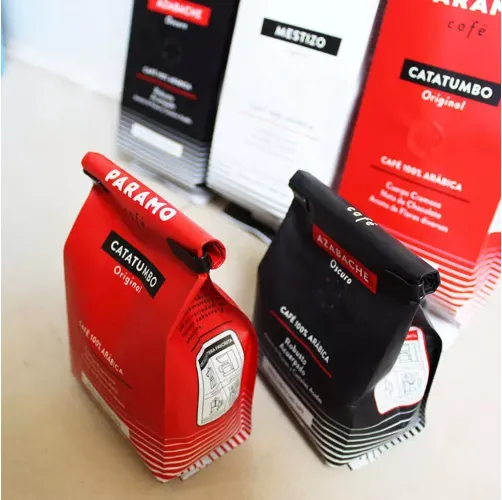- Afrikaans
- Albanian
- Amharic
- Arabic
- Armenian
- Azerbaijani
- Basque
- Belarusian
- Bengali
- Bosnian
- Bulgarian
- Catalan
- Cebuano
- chinese_simplified
- chinese_traditional
- Corsican
- Croatian
- Czech
- Danish
- Dutch
- English
- Esperanto
- Estonian
- Finnish
- French
- Frisian
- Galician
- Georgian
- German
- Greek
- Gujarati
- haitian_creole
- hausa
- hawaiian
- Hebrew
- Hindi
- Miao
- Hungarian
- Icelandic
- igbo
- Indonesian
- irish
- Italian
- Japanese
- Javanese
- Kannada
- kazakh
- Khmer
- Rwandese
- Korean
- Kurdish
- Kyrgyz
- Lao
- Latin
- Latvian
- Lithuanian
- Luxembourgish
- Macedonian
- Malgashi
- Malay
- Malayalam
- Maltese
- Maori
- Marathi
- Mongolian
- Myanmar
- Nepali
- Norwegian
- Norwegian
- Occitan
- Pashto
- Persian
- Polish
- Portuguese
- Punjabi
- Romanian
- Russian
- Samoan
- scottish-gaelic
- Serbian
- Sesotho
- Shona
- Sindhi
- Sinhala
- Slovak
- Slovenian
- Somali
- Spanish
- Sundanese
- Swahili
- Swedish
- Tagalog
- Tajik
- Tamil
- Tatar
- Telugu
- Thai
- Turkish
- Turkmen
- Ukrainian
- Urdu
- Uighur
- Uzbek
- Vietnamese
- Welsh
- Bantu
- Yiddish
- Yoruba
- Zulu
types of plastic for food packaging
Types of Plastic for Food Packaging
In the modern world, food packaging is a crucial aspect of the food industry. It serves multiple purposes, including preserving freshness, ensuring safety, and facilitating marketing. The types of materials used in food packaging have evolved significantly, with plastics becoming one of the most commonly used materials due to their versatility, cost-effectiveness, and lightweight nature. Understanding the various types of plastics used in food packaging is essential for both manufacturers and consumers.
1. Polyethylene Terephthalate (PET)
Polyethylene Terephthalate, commonly known as PET, is one of the most widely used plastics in food packaging. This type of plastic is particularly favored for its excellent toughness, flexibility, and clarity. PET is often used for bottles and containers for beverages, sauces, and condiments. It is resistant to impact and moisture, making it an ideal choice for products requiring longer shelf life. Additionally, PET is recyclable, which enhances its appeal to environmentally conscious consumers.
2. High-Density Polyethylene (HDPE)
High-Density Polyethylene, or HDPE, is another popular choice in the food packaging sector. Recognized for its strength and resistance to many solvents, HDPE is commonly used for milk jugs, juice bottles, and various containers. It is also resistant to UV radiation, making it suitable for products stored in bright environments. HDPE is known for its durability and is also recyclable, which is an essential factor in sustainable packaging practices.
Polyvinyl Chloride, or PVC, is used less frequently for food packaging compared to PET and HDPE, but it still plays a significant role in certain applications. PVC is often used for shrink wraps, food blister packs, and cling films. Its ability to be treated to create a barrier against oxygen and moisture makes it useful for packaging perishable foods. However, due to environmental concerns and its potential leaching of harmful substances, the use of PVC in food packaging is being scrutinized, and alternatives are being sought.
types of plastic for food packaging

4. Low-Density Polyethylene (LDPE)
Low-Density Polyethylene, or LDPE, is a flexible plastic commonly used for grocery bags, food wraps, and various types of squeezable bottles. Its low-density structure makes it less rigid than HDPE and allows for easy sealing and preservation of food. LDPE is also known for its resistance to moisture, making it an excellent choice for products that need to remain fresh. While LDPE is recyclable, the rates of recycling for this type of plastic are relatively low, presenting challenges for its environmental footprint.
5. Polypropylene (PP)
Polypropylene, or PP, is celebrated for its high melting point and chemical resistance, making it ideal for microwaveable containers and food storage solutions. This plastic is used for yogurt containers, deli containers, and some single-use food packages. PP is robust and can withstand higher temperatures, which makes it suitable for hot-fill applications. Additionally, it is recyclable, and its light weight contributes to lower shipping costs.
6. Polystyrene (PS)
Polystyrene is utilized in various food packaging applications, particularly in disposable containers, cutlery, and foam food containers. While styrofoam, a trademarked form of expanded polystyrene, is widely used for delivering takeout food due to its insulation properties, it has been criticized for environmental reasons and is often not recyclable. Therefore, a push for sustainable alternatives has led many businesses to rethink their use of polystyrene in food packaging.
Conclusion
The choice of plastic in food packaging is influenced by several factors, including the type of food being packaged, required shelf life, safety, cost, and environmental impact. As consumers become increasingly aware of sustainability issues, the food industry is responding by exploring alternative materials and practices. Although plastics offer numerous advantages, there is a growing necessity to ensure that their usage does not compromise environmental health. The future of food packaging will likely involve a combination of creating innovative, sustainable materials while optimizing the benefits of existing plastics. Understanding the various types of plastics and their properties will be essential for making informed choices in this evolving landscape.













